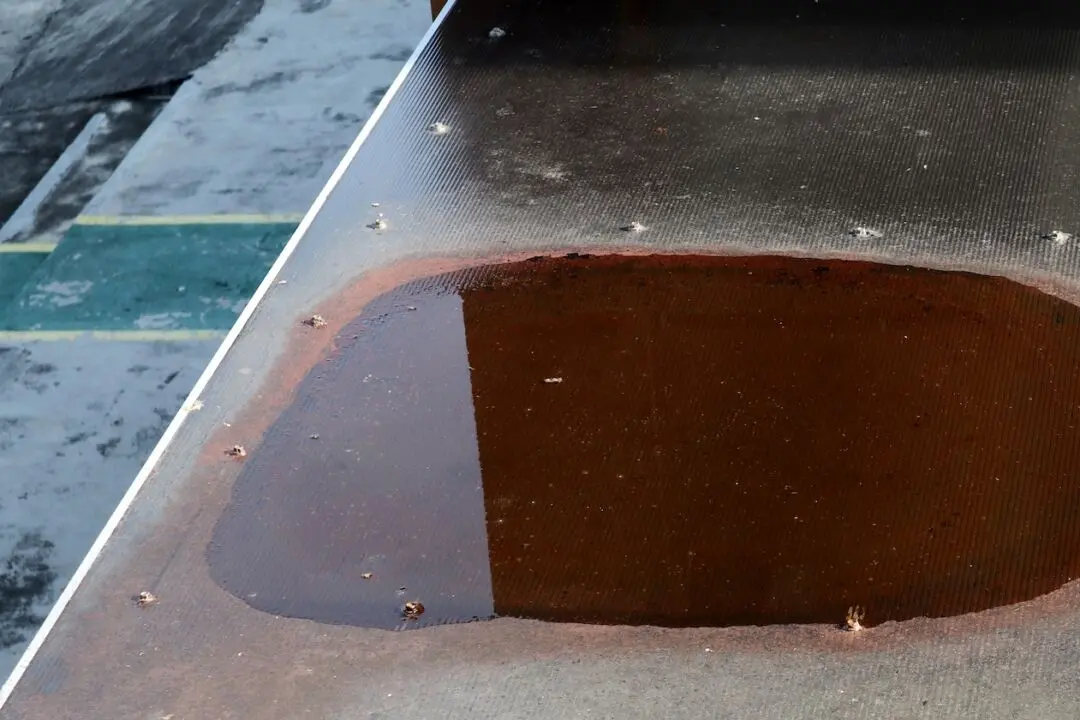Dear James: I just got out my power saws for a remodeling project and the blades are shot. What types of new blades are best for general work with circular and table saws? —Aaron M.
Dear Aaron: Those two saws, along with a compound miter saw, are pretty indispensable for most remodeling projects. If an old blade is rusty or some of the carbide tips are missing, you can be pretty sure it needs to be replaced. You can also carefully touch the edge of the saw blade removed from the saw and compare its sharpness to a new blade.





